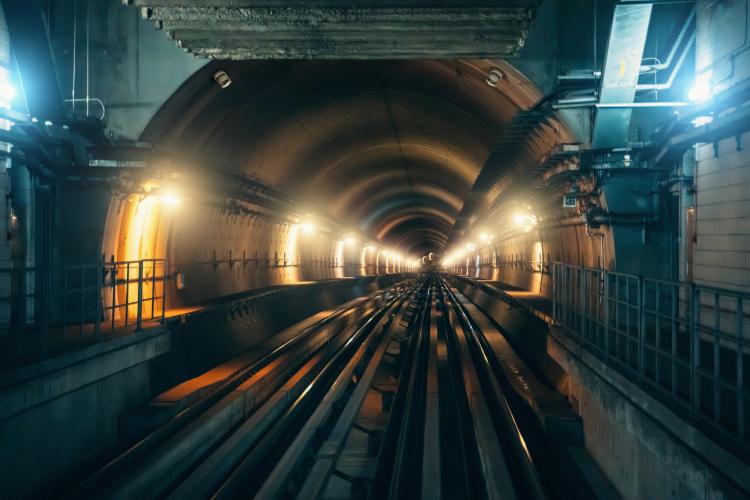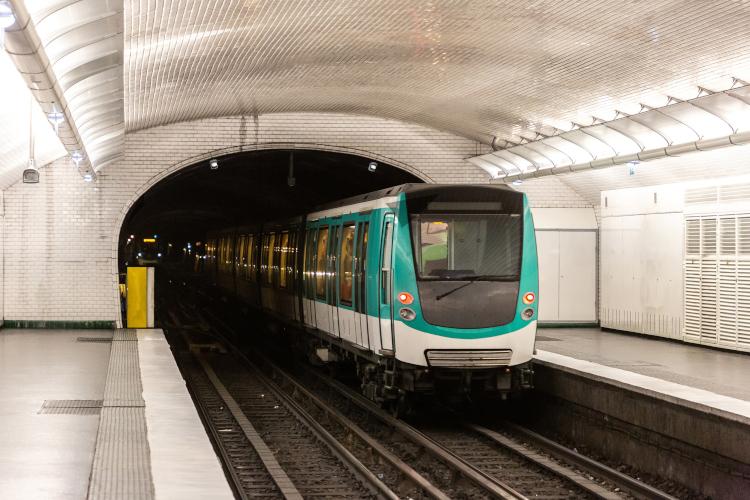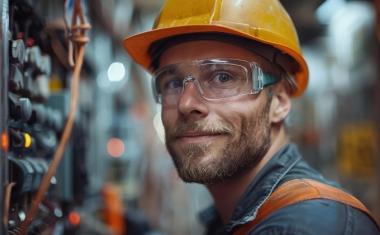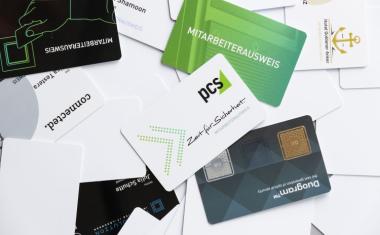Keeping Europe Moving – Securing critical tunnel and rail infrastructure
Tunnels are critical to Europe’s transport infrastructure. They not only speed up the transit of goods and people by rail and road, but they also carry crucial communication networks, connect communities and help contribute to the economy and competitiveness of the European market. But as tunnels continue to become more complex, so too has the security technologies to ensure they remained protected.
Increasingly, transport infrastructure is being built underground in tunnels to reduce the effects of noise and pollution. These tunnels are also getting longer and deeper: the Gotthard Base Tunnel, which runs under the Swiss Alps to form a key part of the north-south Europe rail corridor, is more than 57km long and 2,300m deep, making it the world’s longest and deepest traffic tunnel. The Brenner Base Railway Tunnel, once completed, will run 55km between Innsbruck in Austria and Northern Italy. While the new Fehmarnbelt Tunnel, due for completion in 2029, between Denmark and Germany, will be the world’s longest underwater tunnel and create a direct corridor from Northern to Central Europe.
Any disruption to these critical networks can significantly impact European economies. For instance, in August 2023, a freight train carrying grain derailed inside the Gotthard Base Tunnel, damaging 8km of track and causing significant infrastructural damage, which took more than a year to fully repair and reopen. Swiss Federal Railways (SBB) estimated billions in economic impact.
The latest European Railway safety statistics show there were 1,567 significant railway accidents in 2023, with 841 lives lost and 569 people seriously injured. More than half (58.4%) of fatalities were trespassers. Even when there is no injury or loss of life, vandalism can cause significant and costly damage to tunnel and rail infrastructure. In 2024, Austrian train operator ÖBB reported 2,710 graffiti incidents, an 18% increase from 2023, causing damages amounting to approximately €4.5 million. Meanwhile in 2022, for Deutsche Bahn in Germany, graffiti removal totalled €12.1 million.
These figures highlight that protecting railways and tunnels is both expensive and challenging. Tunnels are enclosed, dark, and damp, making it difficult for train drivers to see trespassers who have nowhere to escape. Accurately detecting a person in the confines of a tunnel is challenging enough by itself and is only made more difficult when several trains are using the tunnels at the same time.
Enhancing Tunnel Surveillance
For almost 50 years, CCTV has been in use to monitor tunnel entrances and exits, but these early systems often required security teams to constantly watch anywhere between 12 to 24 camera feeds on a single screen.
Thankfully, the introduction of video analytics has helped security overcome many of these challenges. Now camera sensors with advanced algorithms can process digital video signals in real time and transform them into data. For instance, a trespasser will instantly trigger an alert which directs security personnel to the appropriate camera feed, allowing them to take the necessary action immediately.
Crucially, however, the technology has to continue to evolve. Trespassers are becoming increasingly more sophisticated and have learnt ways in which they can go undetected by moving towards or entering the tunnel as a train passes or deliberately altering their appearance to fool analytics software. Heat and humidity inside tunnels can also adversely affect many technologies, while radar or microwave technologies can struggle to filter noise and false alarms generated by a train, making them unsuitable.
Modern laser detection sensors, however, are unaffected by humidity or lighting conditions. They can work in complete darkness, strong sunlight, or artificial lighting, and are unaffected by the train’s bright headlights, the reflections on tunnel walls or other trains passing through. Equipped with intelligent sensing analytics, Lidar technology is not reliant on visible light or thermal spectrums, which is useful when tracking a person or animal from the lit tunnel entrance to inside and further along the tracks, or in the shadows.
Precision Detection
Advanced detection sensors, such as Optex’s Redscan Lidar series, use dynamic event filtering to accurately detect human trespassers. When monitoring a tunnel entrance, specific detection criteria or logic is applied to establish different detection zones, the sequence of alarm triggers, and the size of an object, which in combination can determine whether a train, a person, or a group of people is entering the tunnel. If a train is detected, the system will stand down. If a person or group is detected, the control centre and train driver are alerted, allowing the train to slow down or stop to prevent an accident.
Lidar sensors can detect objects across up to eight different detection zones and an area of 100m. They can also be configured to recognise objects larger or smaller than a defined size; for example, they can ignore trains while detecting people or overlook small rocks but identify boulders. Additionally, the sensors can determine the precise X/Y coordinates of any detected object or objects, enabling tracking when integrated with advanced VMS software. As part of an advanced Track Intrusion Detection System (TIDS), which integrates multiple technologies, the sensors facilitate intelligent tracking of an individuals' movements, allowing security operators to monitor them and pinpoint exactly where they can be apprehended.
In The Dark
As well as performing in darkness, security systems must also overcome increased pressure and pollutants deep inside tunnels. When cleaned, train tracks throw up a considerable amount of metal and oil into the air, which can coat or potentially damage security cameras and sensors.
Dirty systems cannot detect intruders or incidents, so they need to be cleaned. Optex Redscan sensors feature an intelligent algorithm which continuously measures the return or reflection of the laser signal, tracking the percentage of the unit’s window that is soiled. Once a certain level of soiling is reached, security personnel are notified. Optex has also developed a special self-healing foil for laser sensors used in underground tunnels, which protects the laser window from dust, metal fragments, oil, and other pollutants.
Getting Tunnel Protection Right
Designing any tunnel security system should begin with a site survey, and an estimate of the number of cameras and sensors needed to ensure sufficient coverage for the size of the tunnel.
Assessing and understanding the types of incidents that need detection – ranging from graffiti, vandalism, and terrorism to trespassers and animals wandering onto the tracks – is also essential. Light conditions at tunnel entrances and along the tracks play a key role in determining whether dynamic filtering functionality is needed because they will be unaffected by trains passing or light bouncing. All this allows the security system to be configured for early, accurate detection that prevents incidents whenever possible.
Ultimately, finding the right combination of technologies that are fit for purpose will vary from tunnel to tunnel. But continued development and advancement of new detection and monitoring technologies can only help to enhance safety and ensure Europe’s critical tunnels remain secure and open for business.












